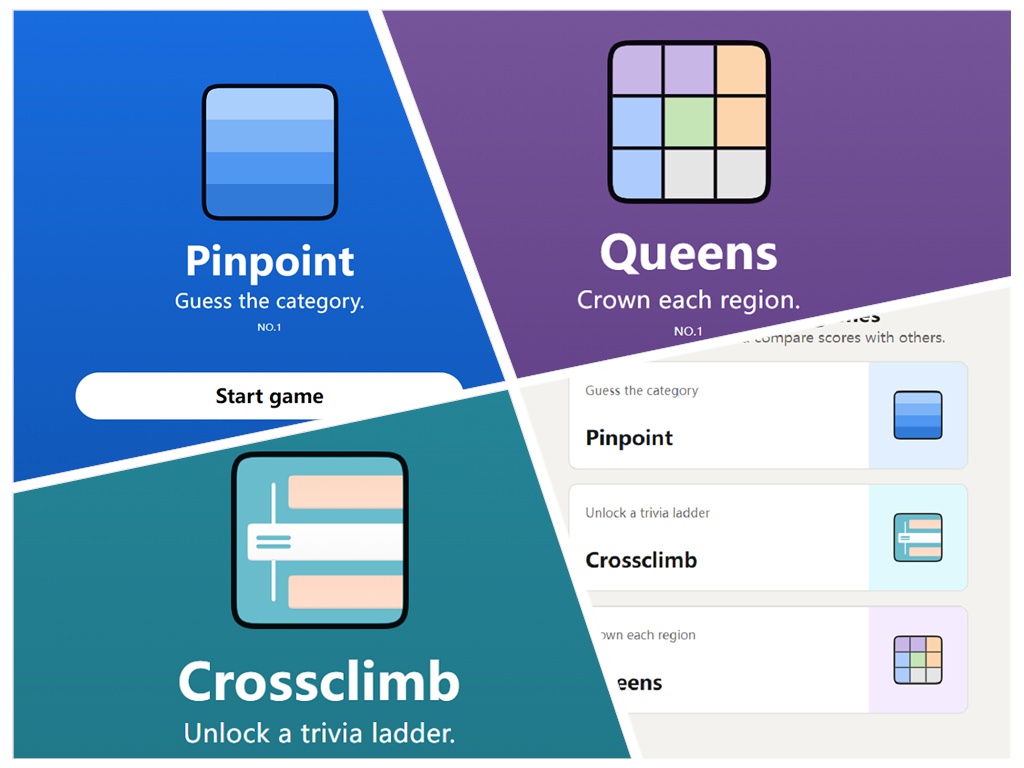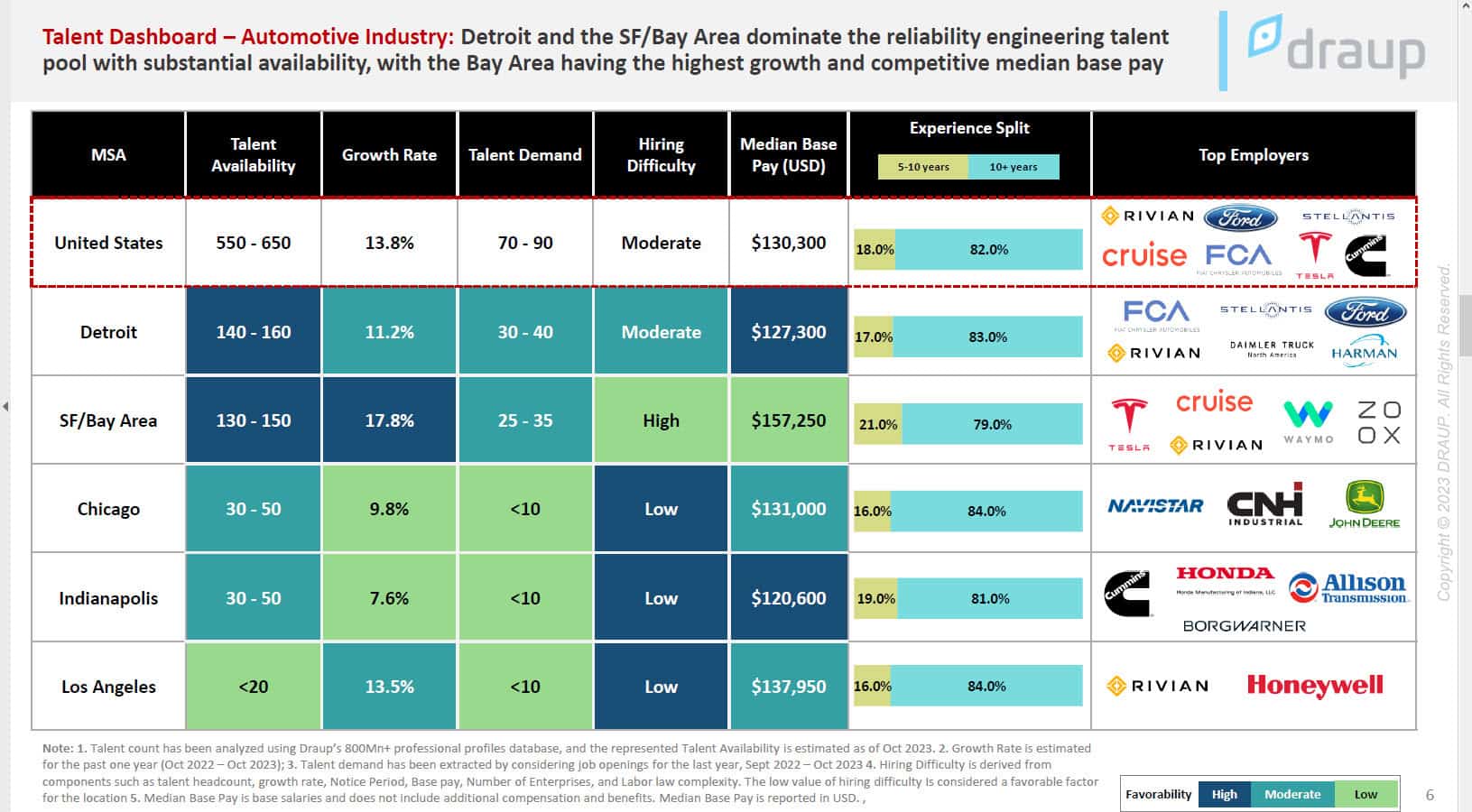 谷歌翻译机器人自动翻译:
谷歌翻译机器人自动翻译:
雇主可能很难找出哪些员工有权吃饭和休息,以及在提供休息时必须遵守哪些规则。是否需要为休息时间支付工资?在换班期间的特定时间是否需要休息?就业法律师告诉SHRM在线。
纽约市杰克逊·刘易斯(Jackson Lewis)律师理查德·格林伯格(Richard Greenberg)说,联邦法律并不要求成年雇员进餐或休息。对于选择提供短暂休息(最多20分钟)的雇主来说,“公平劳动标准法案”确实要求雇主在那段时间支付雇员的工资,并按计算加班工资的时间来计算这个时间。
查尔斯·麦克唐纳(Charles McDonald)是南卡罗来纳州格林维尔市Ogletree Deakins律师事务所的律师,他说,大部分的膳食和休息休息规定都受到州法律的管辖,但是依从性可能会非常棘手,特别是对于那些必须考虑许多不同要求的多州雇主而言。
州差异的例子
格林伯格解释说,州法律对所需休息的频率,工人是否可以免除休息以及是否必须允许员工离开办公场所有所不同。
[人力资源管理局成员资源:国家膳食和休息休息要求 ]
例如,在加利福尼亚州,工人每工作四个小时就有10分钟的有薪休息时间,“或者大部分时间”,每五个小时工作30分钟的无薪餐休息时间。员工可以放弃休息的权利,但只有在工作时间不超过六小时的情况下。在某些情况下,雇员可以被允许进行“值班”用餐,但时间必须按照工人的正常工资率支付。
加利福尼亚州的法律也规定必须在休息时间的什么时候休息。休息时间必须在四个小时的工作时间中间进行,并且在轮班的第五个小时结束之前必须进餐。
麦当劳说,加利福尼亚州的雇主要记录休息是至关重要的,因为国家的法律是如此具体。但他指出,员工只能“休息”休息,因为需要支付休息时间。
如果不遵守休息法,那么州内的雇主就会面临严厉的惩罚。员工每天有权享受一小时的休息时间规则,每天还有一小时的工作时间没有遵守。
一些州的要求比加利福尼亚要求不严格,但是他们的法律还规定了何时必须休息。例如,在康涅狄格州,至少工作七个半小时的员工通常有权吃饭。员工必须在头两个小时之后和最后两个小时之前休息。然而,康涅狄格州没有休息休息法。
罗得岛州的雇主必须为员工提供20分钟的用餐时间,上班时间为6小时,30分钟的用餐时间为上班时间为8小时的员工。
包括阿拉巴马州,佛罗里达州,印第安纳州,爱荷华州,路易斯安那州,密歇根州,新泽西州,北卡罗莱纳州,宾夕法尼亚州,俄亥俄州,俄克拉荷马州和弗吉尼亚州的许多州都有违反未成年人的规定,
McDonald说,这些规定不仅在各州有所不同,而且在某些地区也有所不同。
例如,马里兰州拥有50名或更多员工的零售企业必须为工作时间为四至六小时的员工提供15分钟的休息时间,或者为长时间工作的员工提供30分钟的休息时间。
在密苏里州,煤矿工人有权享受一小时的用餐时间。
雇主提示
雇主需要知道什么样的休息要求适用于他们经营的地点,麦当劳说。
休息政策应该解决休息的时间,时间和频率; 他们在哪里可能被采取; 如果有的话,可以在休息期间执行什么样的职责; 以及时间是有偿还是无偿。
格林伯格说,在一个以上的司法管辖区内运作的雇主应该尝试提出一般性的多级解决方案,并确保在诉讼风险最高的地区(如加利福尼亚州)执行所有最佳实践协议。
英文版本:
https://www.shrm.org/ResourcesAndTools/legal-and-compliance/state-and-local-updates/Pages/Employee-Required-Meal-and-Rest-Breaks.aspx
mployers may have a difficult time figuring out which employees are entitled to take meal and rest breaks and what rules they have to follow when offering those breaks. Do workers have to be paid for breaks? Do breaks have to be taken at a certain time during the shift? Here's what employment law attorneys told SHRM Online.
Federal law does not require meal or rest breaks for adult employees, said Richard Greenberg, an attorney with Jackson Lewis in New York City. For employers that choose to offer short breaks (up to 20 minutes), the Fair Labor Standards Act does require employers to pay employees for that time and count that time as hours worked when calculating overtime pay.
Most meal and rest break rules are governed by state law, but compliance can be tricky, particularly for multistate employers that have to consider many different requirements, said Charles McDonald, an attorney with Ogletree Deakins in Greenville, S.C.
Examples of State Differences
State laws differ as to the frequency of breaks required, whether workers can waive breaks and whether employees must be allowed to leave the premises, Greenberg explained.
[SHRM members-only resource: Meal and Rest Break Requirements by State]
In California, for example, workers are entitled to a 10-minute paid rest break for every four hours worked "or major fraction thereof" and a 30-minute unpaid meal break for every five hours they work. Employees can waive their right to take a meal break but only if they work no more than six hours. In certain circumstances, an employee may be permitted to have an "on-duty" meal period, but the time must be paid at the worker's regular rate of pay.
California law also dictates at what point in the shift the breaks must be taken. Rest breaks must be taken near the middle of a four-hour work period, and meal breaks must be taken before the end of the fifth hour of a shift.
It is critical for California employers to record breaks because the state's laws are so specific, McDonald said. But he noted that employees should only "clock out" for meal breaks because rest breaks need to be paid.
Employers in the state face steep penalties if they don't comply with break laws. An employee is entitled to one hour of pay for each day a rest-period rule was violated and an additional one hour of pay for each day a meal-period rule wasn't followed.
Some states have less stringent requirements than California, but their laws still specify when breaks must be taken. For example, in Connecticut, employees who work at least seven and a half hours are generally entitled to a meal break. Employees must take their break after the first two hours and before the last two hours of work. Connecticut, however, doesn't have a rest break law.
Rhode Island employers must provide a 20-minute meal break to employees who work a six-hour shift and a 30-minute meal break to those who work an eight-hour shift.
Many states—including Alabama, Florida, Indiana, Iowa, Louisiana, Michigan, New Jersey, North Carolina, Pennsylvania, Ohio, Oklahoma and Virginia—have break rules for minors but not adults.
The rules not only vary from state to state but also from industry to industry in some jurisdictions, McDonald said.
For example, retail businesses in Maryland with 50 or more employees must provide a 15-minute rest break to employees who work between four and six hours or a 30-minute meal break to those who work longer hours.
In Missouri, coal miners are entitled to take an hour-long meal break.
Tips for Employers
Employers need to know what break requirements apply to the locations in which they operate, McDonald said.
Break policies should address the duration, timing and frequency of breaks; where they may be taken; what duties, if any, may be performed during a break; and whether the time is paid or unpaid.
Employers that operate in more than one jurisdiction should try to come up with a general multistate solution and ensure in areas with the highest litigation risk—such as California—that all best-practice protocols are implemented, Greenberg said.





 扫一扫
添加客服
扫一扫
添加客服
